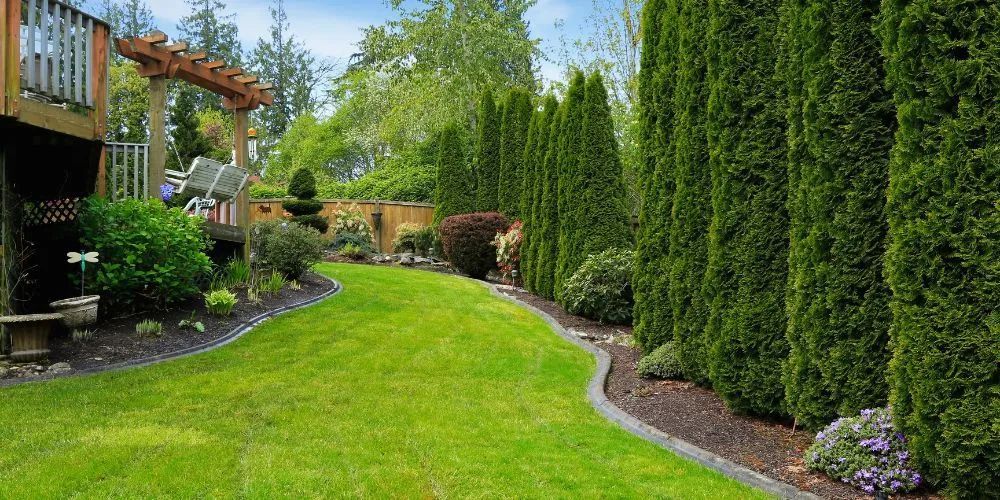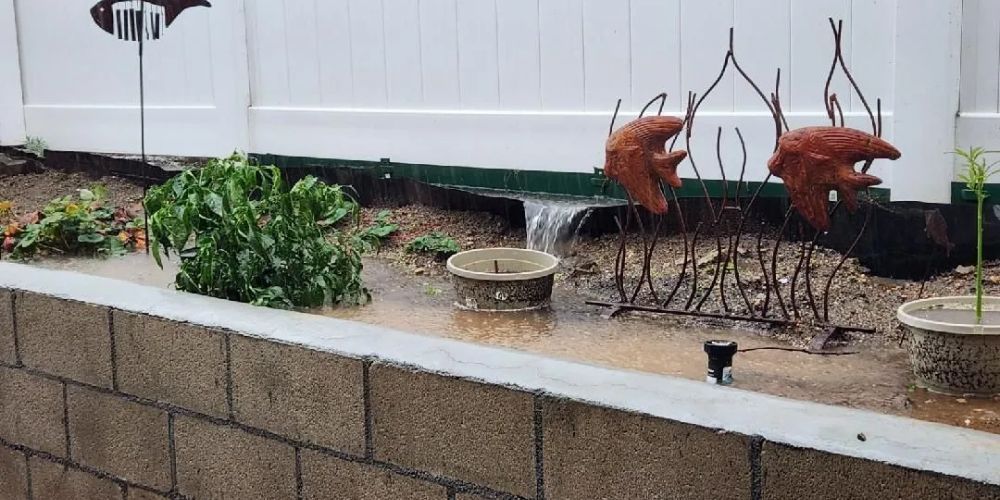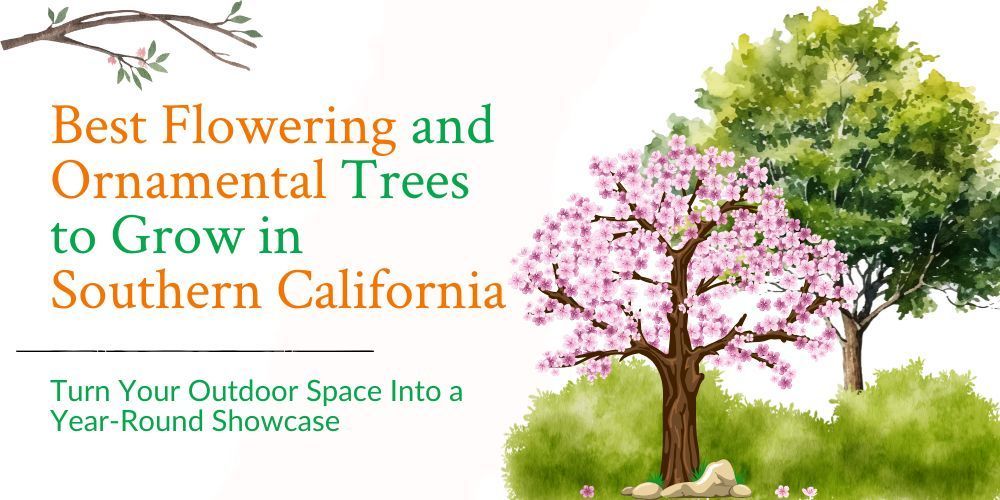The Right Irrigation System for Your Commercial Landscape
A thoughtfully chosen irrigation system is at the heart of a thriving green space. Selecting the right system can mean distinguishing between a vibrant, healthy landscape and one that struggles with water waste and costly upkeep.
Why the Right Irrigation System Matters
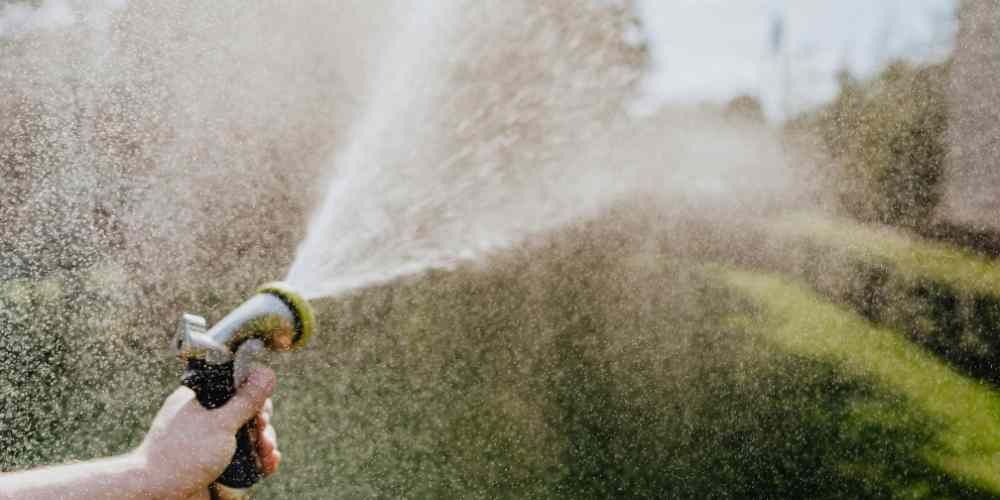
Effective
irrigation
ensures your plants get the water they need, no more, no less. Overwatering can cause disease and runoff issues, while underwatering leads to plant stress and decline. With water costs rising and many municipalities enforcing usage restrictions, having an efficient system is not only environmentally responsible, it’s a smart financial decision.
What to Consider Before Choosing a Irrigation System

Before jumping into installation, it’s important to evaluate several key aspects of your landscape:
- Plant Types: Turf, shrubs, flowers, and trees have different watering needs. Your system should reflect those differences.
- Soil Conditions: Sandy soils drain quickly and need frequent watering, while clay holds moisture and requires less frequent irrigation.
- Sunlight Exposure: Areas that receive more sun will typically need more water than shaded areas.
- Slope: Water tends to run off sloped areas, which means a system that applies water more slowly is usually better suited.
- Local Climate and Regulations: Some systems are better adapted to drought-prone areas, and local ordinances may limit watering times or methods.
Also Read: How Proper Irrigation Enhances Your Landscape Design
Types of Irrigation Systems for Commercial Landscapes
1. Spray Irrigation Systems
These systems use spray heads to distribute water over a wide area and are typically used for large lawns and flat terrain. They’re effective at quickly covering uniform spaces and are commonly seen in public and corporate green spaces.
2. Drip Irrigation Systems
Drip systems provide slow, precise watering directly to the base of each plant. This system is ideal for flower beds, shrubs, and trees, where it helps reduce evaporation and runoff by targeting water exactly where it’s needed.
3. Rotary Systems
Rotary heads rotate streams of water over a given area, which makes them a great choice for larger lawns and uneven or sloped areas. They apply water more slowly than spray systems, allowing better absorption in certain soil types.
4. Smart Irrigation Systems
These modern systems use weather data, sensors, and real-time adjustments to deliver water only when and where it’s needed. Many can be controlled remotely via smartphone or tablet, making them a convenient and efficient option for large commercial sites.
Best Practices for Installation
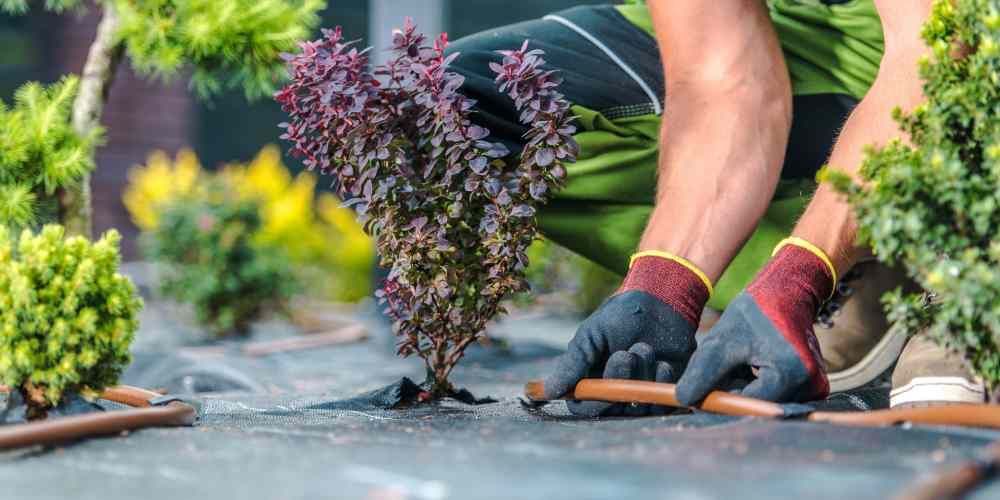
Getting the right system in place is about more than just selecting equipment—it requires smart planning and professional execution:
- Create Irrigation Zones: Group plants with similar water needs together so each zone can be watered appropriately.
- Design for Water Efficiency: Use low-flow emitters where possible, and avoid overspray on sidewalks and paved surfaces.
- Install Proper Drainage: Ensure excess water has a path to drain to prevent puddling or erosion.
- Match System to Water Pressure: Use pressure-regulated heads and valves to ensure optimal performance and avoid waste.
Ongoing Maintenance Is Essential
Even the best irrigation system needs regular attention. Regular inspections, seasonal adjustments, and occasional part replacements help your system run at peak performance year-round. Look for signs of clogs, broken heads, leaks, or areas of under- or overwatering.
Also Read: The Ultimate Guide to Commercial Landscape Maintenance
Final Thoughts
Choosing the right irrigation system ensures your commercial landscape stays healthy, efficient, and cost-effective. For expert guidance and custom solutions, trust Landtech Scenery Inc. to design and maintain an irrigation system that meets your property's unique needs.
